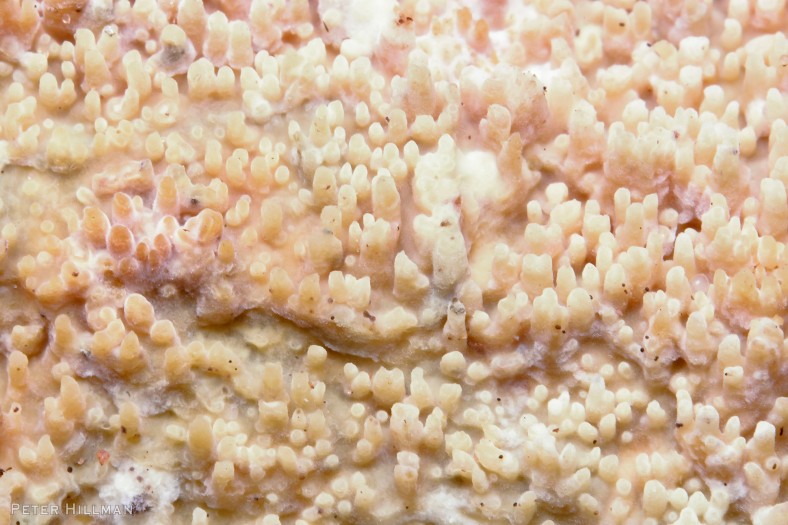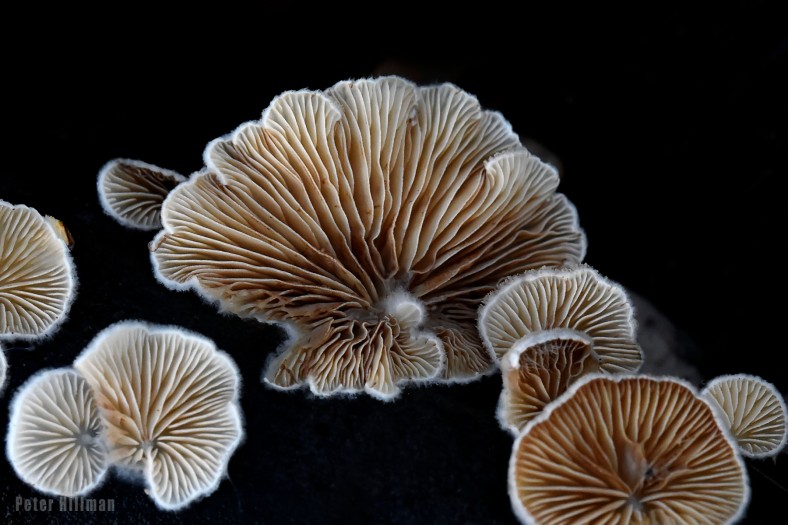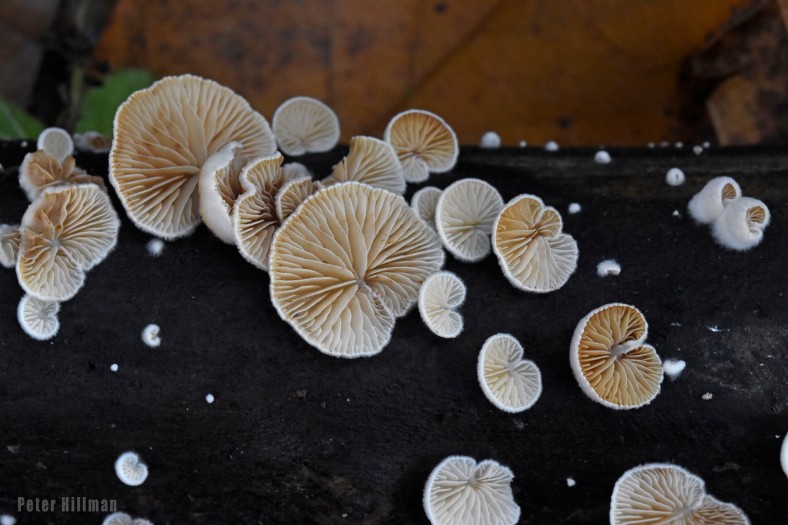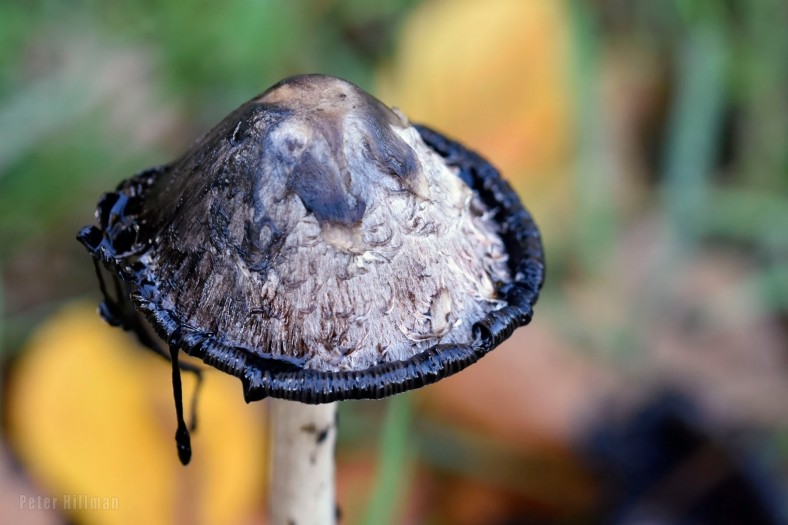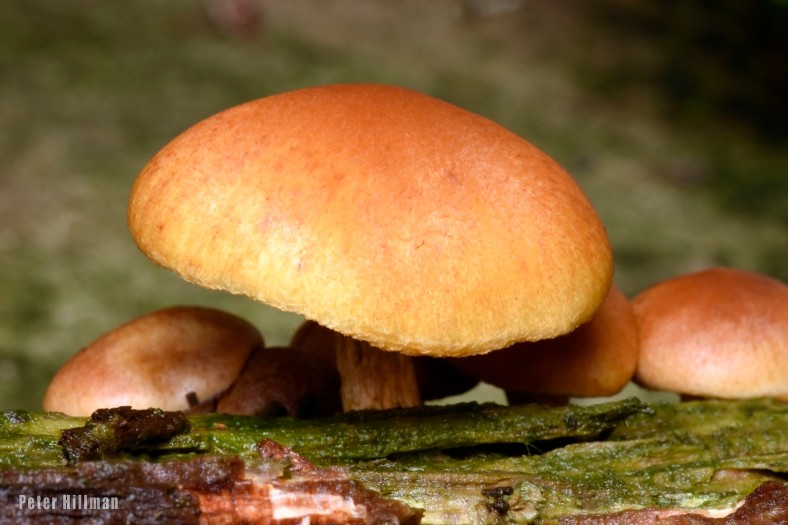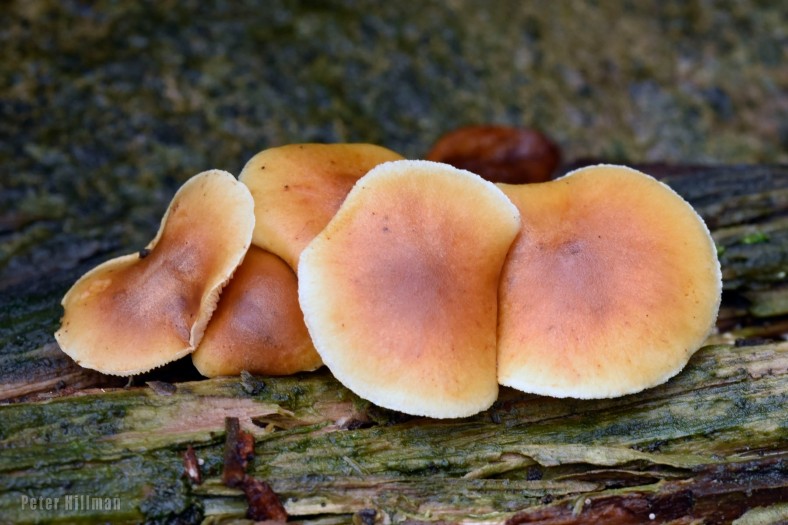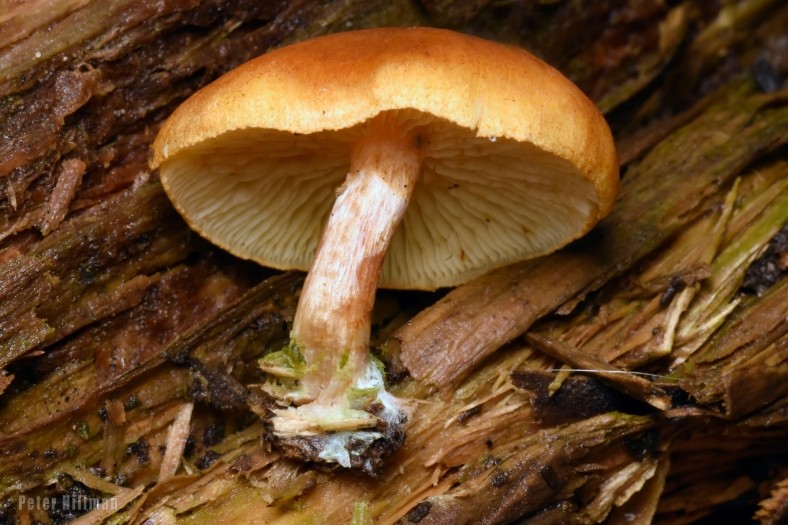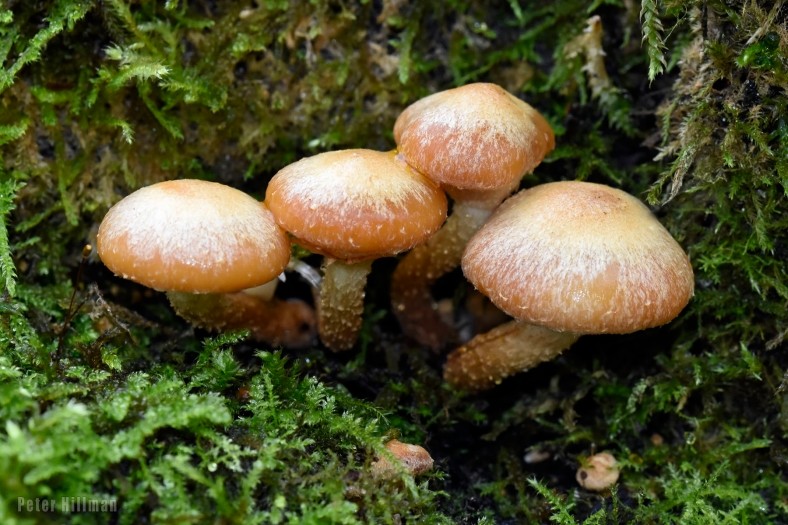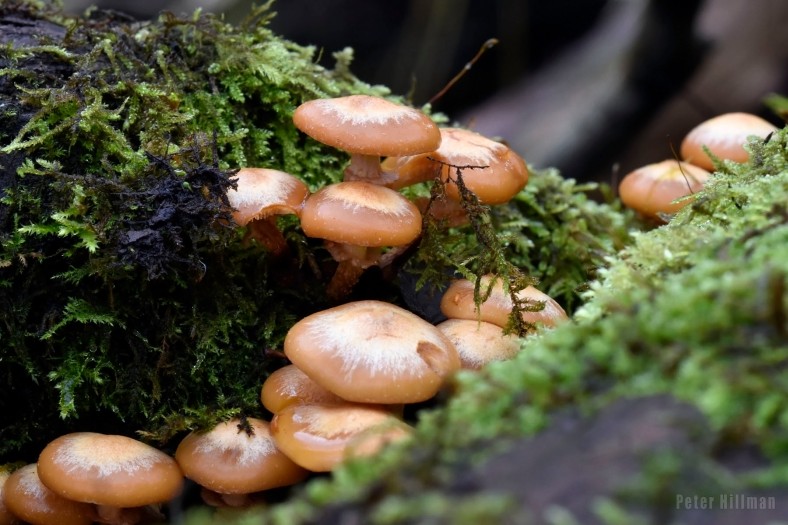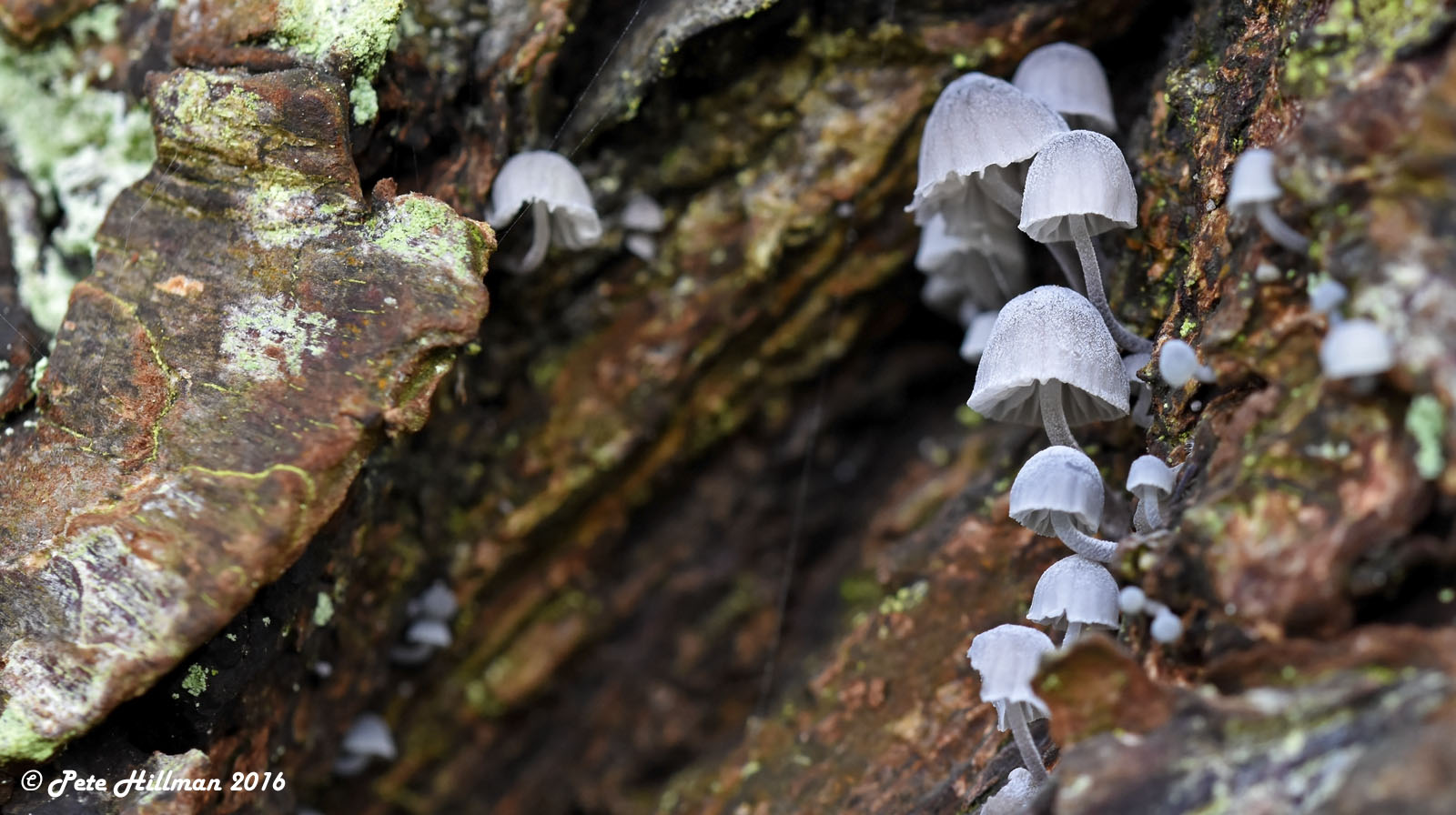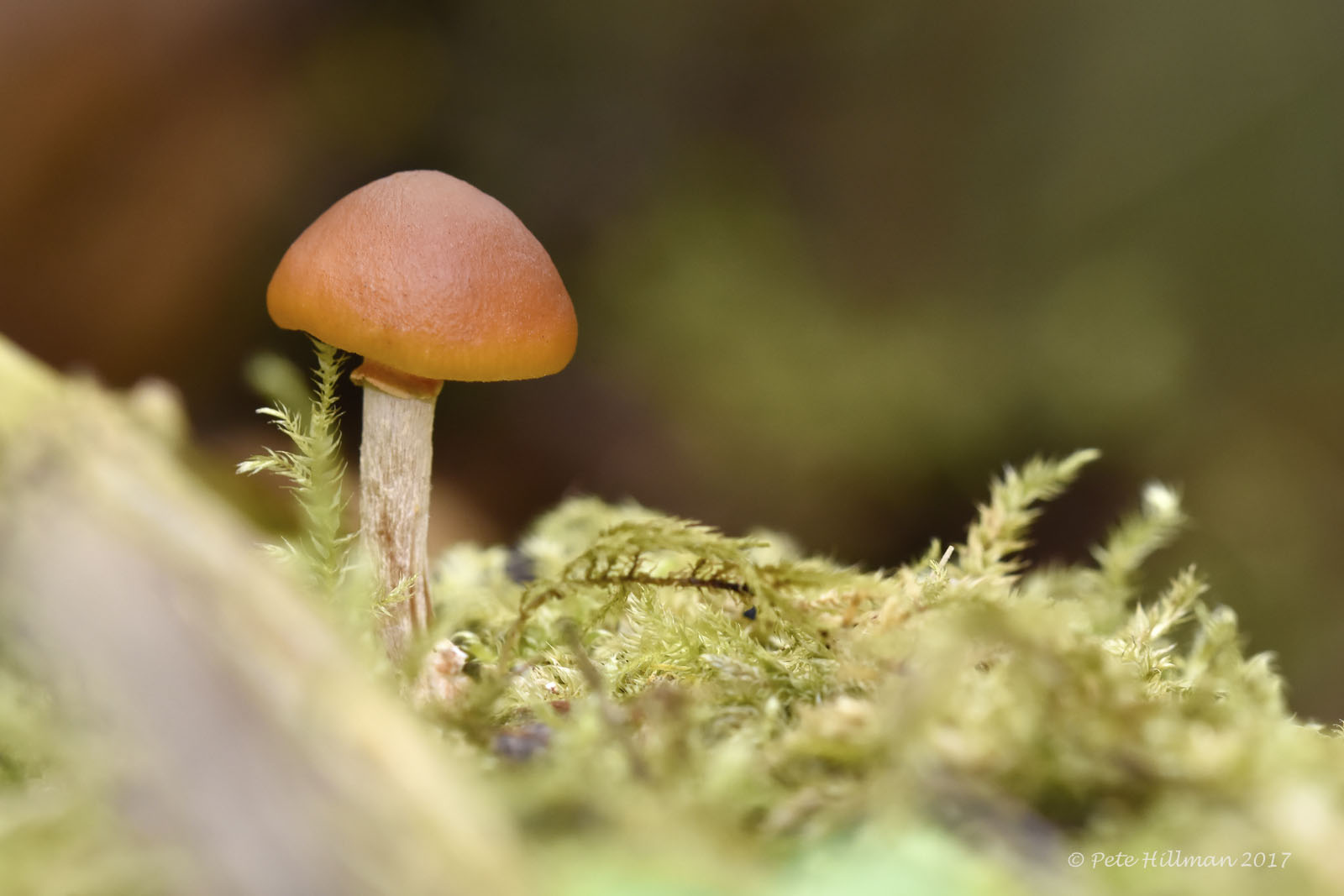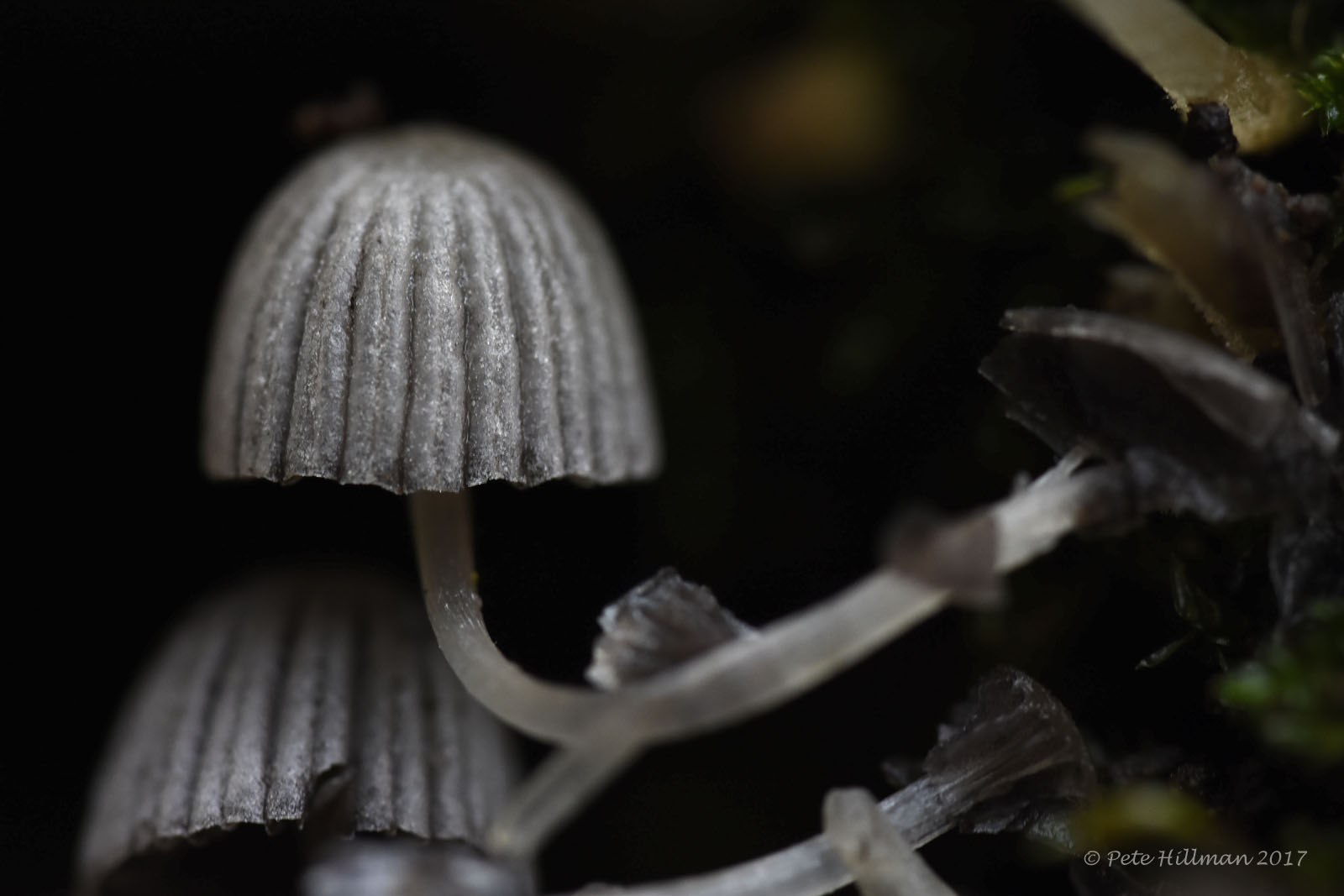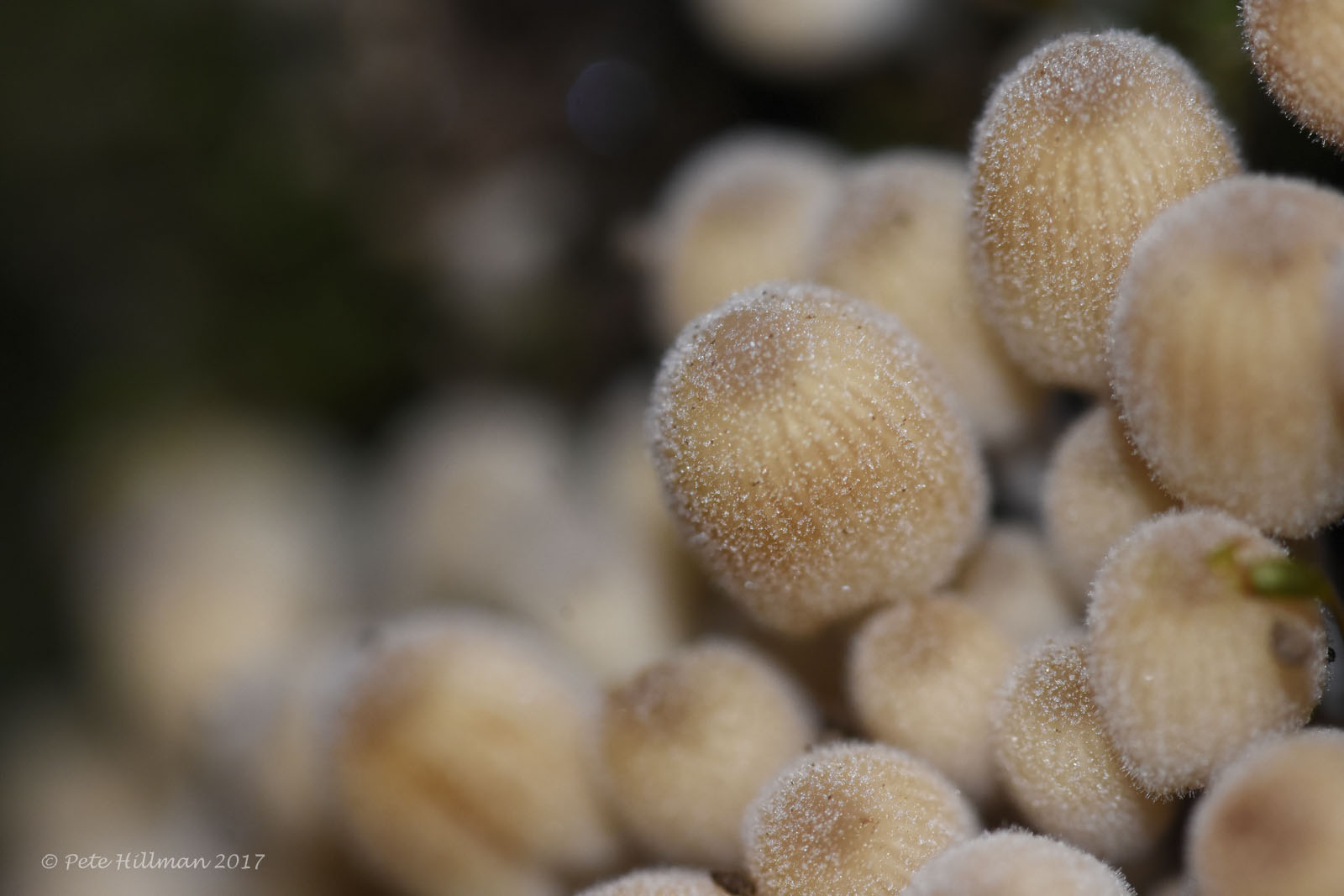x4 photographs. Double click to enlarge.

The Hawthorn bush at the bottom of my garden is really showing up some oddities this year. I noticed some rust spotting, larger than the usual, on the upperside of the leaves on the main and secondary veins, and when I flipped them over this was underneath.

They were tricky to photo because of all the sticky out points, so I tried my hand at some photo stacking. The above images are made up of up to 3 stacks each, and could have done with more really. Difficult to do handheld, but possible.

This is the upperside of the leaf which looks like it has rusty pimple. So what do we have here? Well, it’s a plant gall, a fungi called Juniper Rust (Gymnosporangium sp.), and you may wonder what is it doing on Hawthorn?

It has a complicated lifecycle, beginning with Junipers, its main host. Fungus forms a ball on Junipers which produces a set of orange tentacle-like spore tubes called telial horns. These horns expand and have a jelly-like consistency when wet. The spores are released and travel on the wind until they infect the secondary hosts like Hawthorn where fungus produces tiny rust-like pimples on the leaves. It also infects the fruit, which grows tubes which carry the spores. The spores must then infect a Juniper to complete the life cycle.



